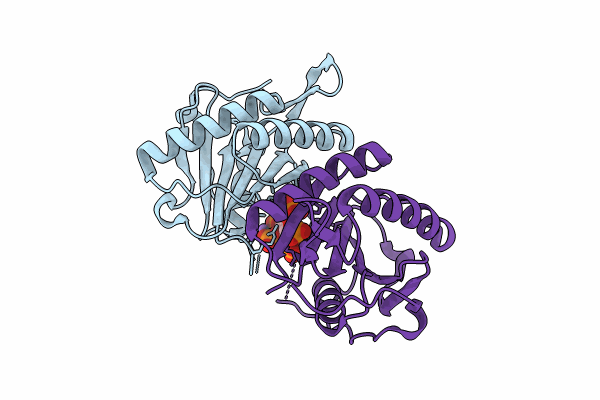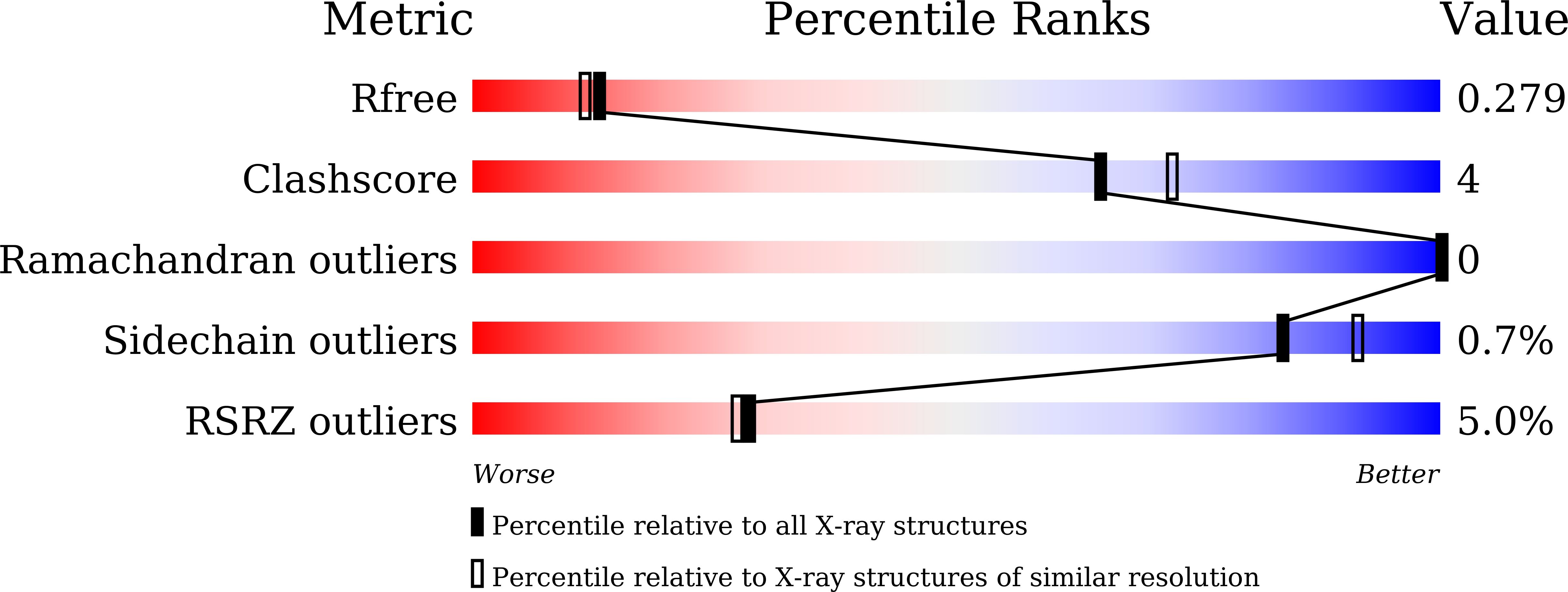
Deposition Date
2024-03-01
Release Date
2024-07-10
Last Version Date
2024-08-14
Entry Detail
PDB ID:
8YJA
Keywords:
Title:
Structure of Vibrio vulnificus MARTX cysteine protease domain lacking beta-flap
Biological Source:
Source Organism:
Vibrio vulnificus MO6-24/O (Taxon ID: 914127)
Host Organism:
Method Details:
Experimental Method:
Resolution:
2.20 Å
R-Value Free:
0.27
R-Value Work:
0.20
R-Value Observed:
0.21
Space Group:
P 41 21 2


